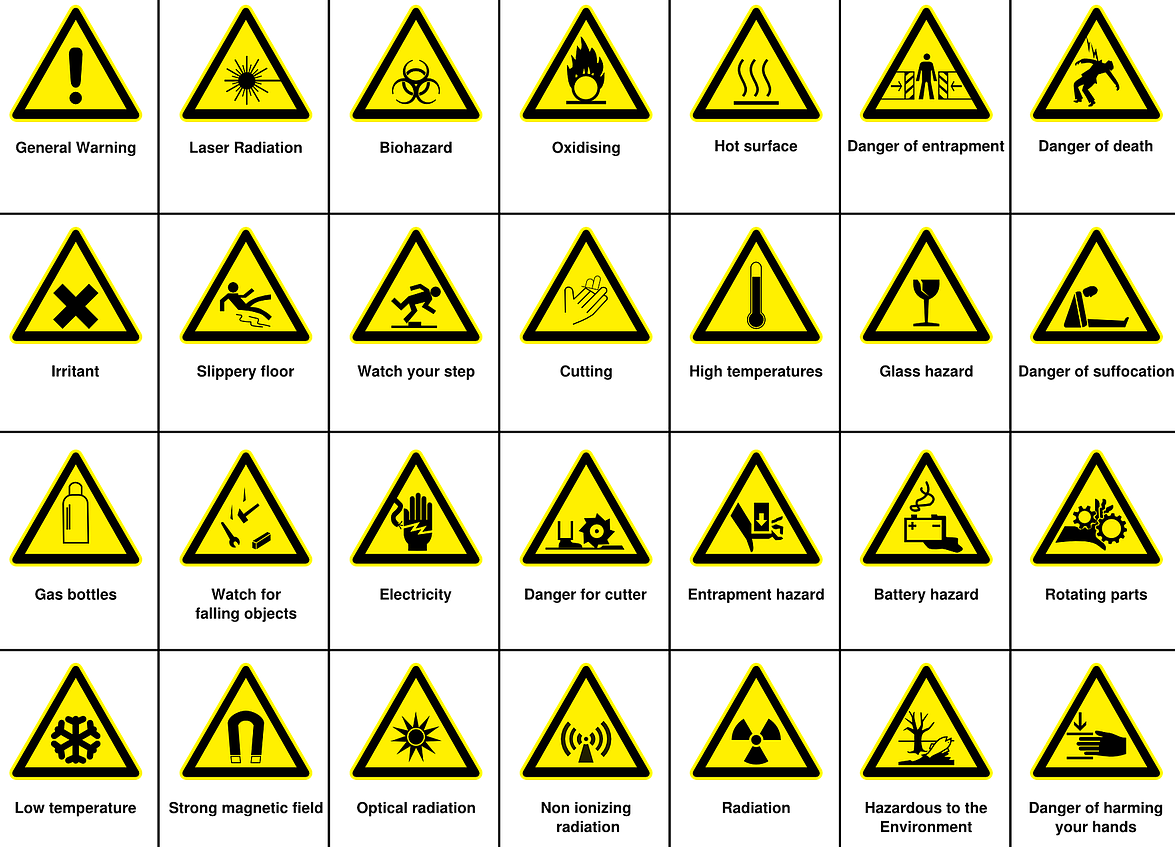As we head to work each day, our minds are often occupied with things we’re going to do after our shift ends. Stop by the store. Have dinner with a friend. Binge-watch Tiny House Hunters.
And while we think about these things, we are fully expecting that we’ll be able to go and do them as planned. But all of that could change in an instant.
No one goes off to work thinking that someone is going to get injured or killed that day. And yet it happens. Workplace accidents claim thousands of lives each year, and leave hundreds of thousands of workers injured.
Whether it happens to you, a loved one, or an employee, a workplace accident can drastically change the course of your day, your evening, and your life.
What is workplace safety?
For many business owners and managers, workplace safety is about keeping up with various industry standards and OSHA regulations. Safety is viewed as important, but primarily from a CYA perspective, with the main goal being to make sure the company is officially in compliance, and won’t be hit with costly fines or lawsuits.
But workplace safety should be about more than just meeting standards and avoiding penalties. It should be about working smarter and safer to ensure that everyone gets to go home at the end of their shift.
The time to care about workplace safety is before someone gets hurt.
But do employees care?
Plenty of managers think their employees don’t care about safety. They’ve watched staff members fall asleep in trainings, roll their eyes during meetings, and push back on new safety processes and requirements.
If you really think your employees don’t care about safety, just wait until an accident happens. There is no quicker (or more expensive) way to learn this important lesson.
The truth is, your employees care a lot about workplace safety. It is something that affects them on a very personal level, every single day. And they are well aware of the hazards that surround them on the job.
So, if your staff seems cynical about your safety efforts, there could be some very valid reasons:
- They sense you’re just going through the motions
- Your safety trainings are outdated, rushed, or half-hearted
- When employees bring up genuine concerns, they are glossed over or ignored
- Management disciplines for safety violations but doesn’t reward for safe behaviors
- Leadership says it can’t afford to implement measures that would keep employees safe
- Supervisors enforce safety rules erratically and look the other way when it’s convenient
- Your company claims it wants workers to be safe, but is constantly asking or expecting them to do things that are unsafe
People can tell the difference between an employer who talks a good game vs. one who is all in.
When you go the extra mile to make your employees your first priority, they will feel it. As a result, they will work harder and stick around longer. And because they feel valued and listened to, they will be much more likely to actively participate in workplace safety meetings, trainings and programs.
It’s not about the rules
Employers who look at employee safety as nothing more than a checklist are missing out on an opportunity to build a culture where safety not only becomes the norm, it becomes an asset.
Just think about how your employees would feel and behave if they truly felt you cared about them as individuals, and not just risk factors.
Working safer is working smarter. Invest in a culture of safety and you may be surprised at the many benefits a safer workplace can bring. Not the least of which is making sure everyone gets home at the end of their shift.
Photo by Clker-Free-Vector-Images

